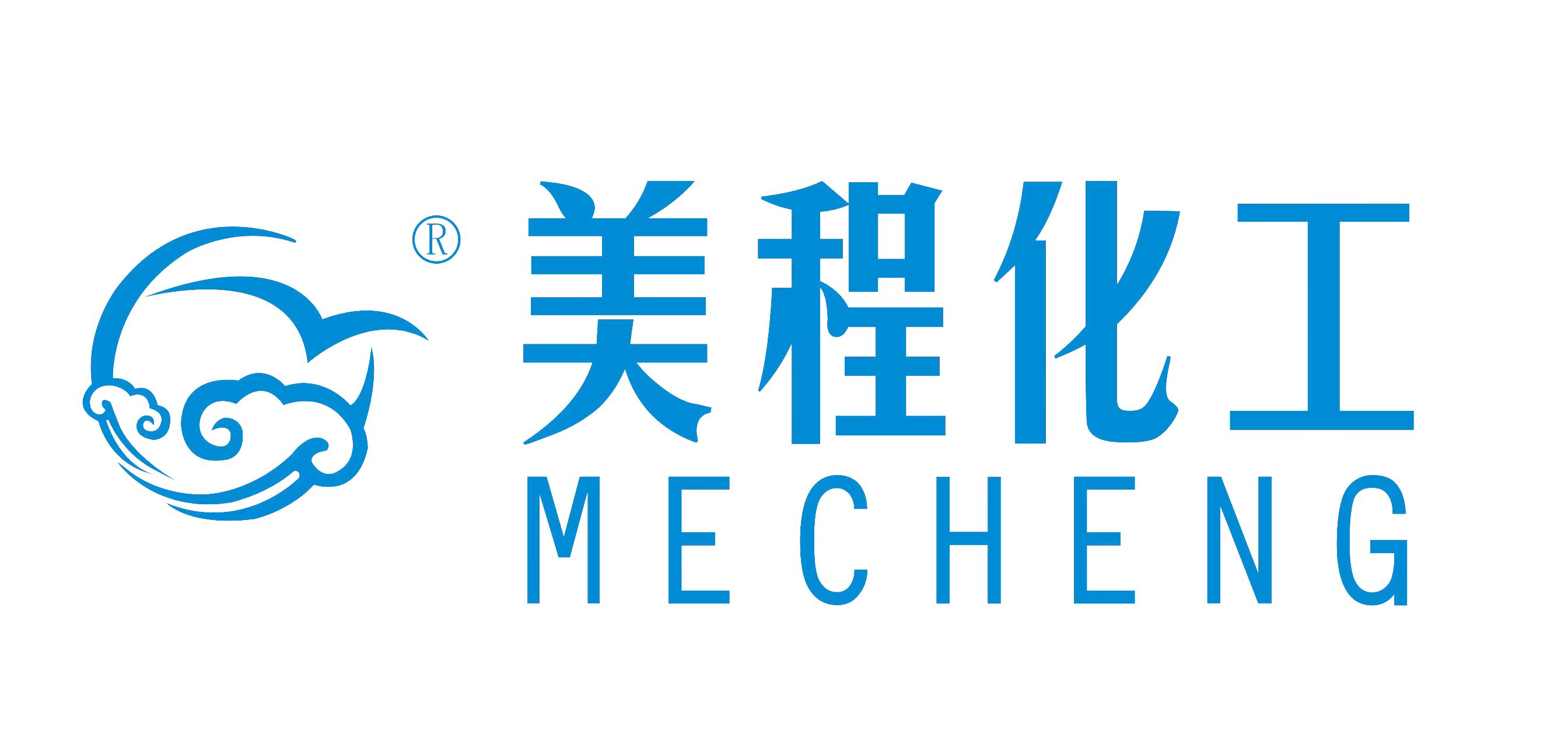Honeycomb ceramic regenerators are currently widely used in energy-saving technology of industrial thermal equipment to increase efficiency, reduce energy consumption, increase output and improve quality of industrial thermal equipment. It is an important and effective means to solve energy and environmental problems. The cross-sectional holes of honeycomb ceramic regenerators mainly have two hole structures: square and regular hexagonal, and the holes are straight channel structures parallel to each other. This structure greatly reduces the resistance of the pores to flow through and greatly improves the single-hole volume heat transfer efficiency of the heat storage body.
Product Features:
1. Reduce exhaust gas heat loss, maximize fuel utilization, and reduce unit energy consumption;
2. Increase the theoretical combustion temperature, improve combustion conditions, meet the high temperature requirements of thermal equipment, expand the application range of low calorific value fuels, especially blast furnace gas, and improve the utilization rate of fuel calorific value;
3. Improve furnace heat exchange conditions, increase equipment output and product quality, and reduce equipment investment;
4. Reduce the exhaust gas emissions and harmful gas emissions per unit product of thermal equipment, reduce air pollution, and improve the environment. Product material: cordierite, mullite, aluminum, corundum mullite, dense cordierite, dense mullite, etc.; Product specifications: Size: 100×100×100, 100×150×150, 150× 150×150, 150×150×300 (mm), etc., can be produced according to customer requirements. Number of holes: 25×25, 40×40, 43×43, 50×50, 60×60, etc. Hole shape: square, rectangle, regular hexagon, circle, triangle, etc. The above specifications can be produced according to customer requirements.
Features:
Honeycomb ceramic regenerator has the characteristics of low thermal expansion, large specific heat capacity, large specific surface area, small pressure drop, small thermal resistance, good thermal conductivity, and good thermal shock resistance; it is widely used in regenerative high-temperature combustion technology (HTAC) in the metallurgical machinery industry. ), which organically combines the recovery of flue gas waste heat with technologies such as efficient combustion and reduction of NOX emissions, thereby achieving the goal of extreme energy saving and reduction of NOX emissions.
Main scope of application: steel plants, waste incinerators, waste gas treatment thermal equipment, chemical plants, smelting plants, power plants, power industry boilers, gas turbines, engineering heating equipment, ethylene cracking furnaces, etc.
Product Features:
1. Various materials, products with different materials and specifications can be selected according to different customers and usage environments.
2. Thin hole wall , Large capacity ,large the heat storage , and the space occupied is small.
3. The hole wall is smooth and the back pressure is small.
4. Long service life, not prone to slag corrosion, sticking corrosion and high temperature deformation.
5. The product quality specifications are high. When installed, the heat storage bodies are neatly discharged and the misalignment is small.
6. Good thermal shock resistance, good thermal conductivity and high mechanical strength.
Regenerative high-temperature air combustion (abbreviation: HTAC) is a new combustion technology with huge energy-saving and environmentally friendly double-layer effects. This technology uses a reversing device to alternately absorb and release heat in two regenerators, maximizing recovery The heat of the flue gas then heats the combustion air and gas in the furnace to above 1000°C. Even low-quality fuel with low thermal quality can achieve stable ignition and efficient combustion. It can save fuel by 40-70% and increase output by more than 15%. NOx emissions are less than 100ppm, and the exhaust gas temperature is less than 150°C, which greatly reduces the greenhouse effect of the atmosphere.
Honeycomb ceramic regenerator is a key component of regenerative burner. It is a new type of industrial ceramic product made of ceramic raw materials that have been treated with special processes, extruded from a special mold, and sintered at high temperatures.
There are two main types of heat storage bodies: honeycomb ceramics and heat storage balls. The specific surface area of honeycomb ceramics is more than 5 times that of the sphere, the heat transfer capacity is 4 to 5 times greater, the air flow resistance is only 1/3 of the sphere, and the heat penetration depth is small. Therefore, the honeycomb ceramic regenerator is more conducive to low-oxygen combustion than regenerative balls, making the furnace temperature uniform, rapid heat transfer, greatly reducing oxidation burning loss and the generation of NOx gas, and significantly improving environmental protection and energy saving effects.
In terms of material classification, the honeycomb ceramic regenerators developed by our company include: cordierite, dense cordierite, mullite, zirconium mullite, mullite corundum, chromium corundum, alumina, stoneware (acid-resistant porcelain ), spinel, silicon carbide, etc. It has significant features such as high temperature resistance, corrosion resistance, good thermal shock stability, high strength, large heat storage and release, and good thermal conductivity.
use:
Widely used in various heating furnaces, hot blast furnaces, heat treatment furnaces, cracking furnaces, baking furnaces, melting furnaces, soaking furnaces, glass kilns, garbage In kilns (burners) such as incinerators and oil and gas boilers.
Features:
1. Blast furnace gas with low calorific value can be used;
2. Can save 40-70% of energy;
3. Pollution emissions can be reduced by more than 50%;
Main technical parameters of honeycomb ceramic regenerator:
a. Bulk density: 0.6~1.5g/cm3
b. Specific gravity: 2.16~2.42g/cm3
c. Thermal expansion coefficient: 1.5~3.5×10-6/℃ (20-100℃)
d. Thermal conductivity coefficient: 1.0~1.3W/m?K (20-100℃)
f. Thermal shock resistance: 300~650min?K
g. Softening temperature: 1320~1400℃
h. Maximum operating temperature: 1350~1680℃
i. Average heat storage: 0.198~0.206kWh/m3K
j. Normal temperature compressive strength: above 50MPa
k. Water absorption: 10~20%
l. Heat exchange area: 300~500m2/m3
. Acid resistance: 8.6~15%


